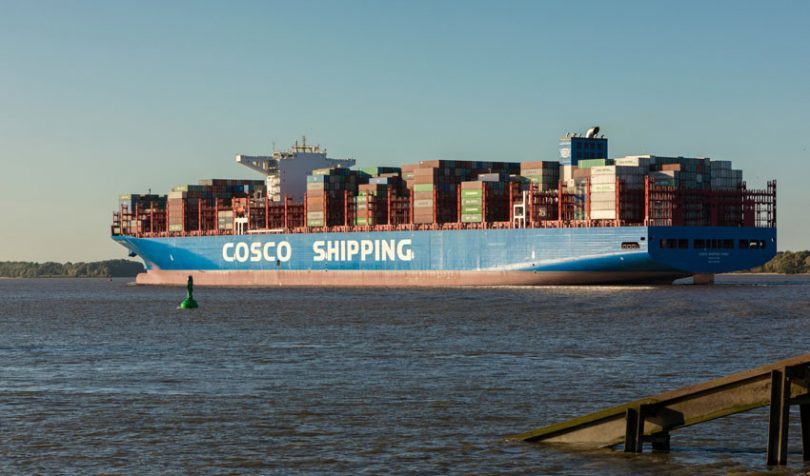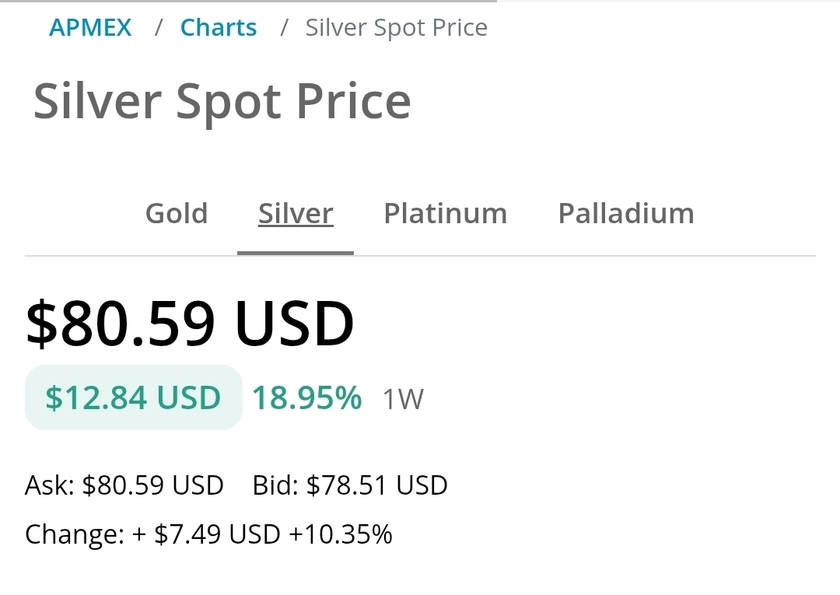Last week shipping firm Maersk announced the shuttering of its five-year-old blockchain project TradeLens, a joint initiative with IBM. The Global Shipping Business Network (GSBN), backed by COSCO Shipping Lines, Hapag Lloyd and six others, would be considered TradeLens’s most direct competitor. GSBN CEO Bertrand Chen shared his views on what went wrong, how GSBN has a different strategy, when blockchain is relevant, and the evolution of digitization in the shipping industry.
Rather than being dismissive, Chen gave credit to the TradeLens team. “We’re super impressed (with) how they built this network,” said Chen. “I think it was a big achievement. I did not think they would be successful at first, but they managed to do it.”
He thought the new TradeLens CEO’s strategy of building partnerships was the right way to go and was as shocked as everybody else when Maersk announced it was throwing in the towel.
Is blockchain the problem?
A question asked by many is whether TradeLens points to an issue with blockchain or a business failure. Chen believes it’s the latter but noted that perhaps it focused on technology more than necessary. Ultimately the emphasis must be on solving business problems rather than using a particular technology.
Some earlier blockchain solutions used the technology everywhere rather than selectively, where it adds value. That was also the observation of Accenture in reviewing the failed ASX CHESS project. Chen also believes some projects initiated in the 2018 hype phase didn’t make sense.
He observed that blockchain is one key part of the toolset but not the only technology available now. A distributed ledger is a useful tool in situations involving multiple parties where there’s a trust issue and a need to ensure data is tamper-proof. GSBN is also starting to explore the use of other technologies, such as confidential computing, with their partner Decentriq.
The root causes of the TradeLens downfall
The GSBN CEO attributed the TradeLens downfall to several issues that boil down to being for-profit, too big, and facing too much competition.
While Maersk managed to sign up multiple other shipping lines, at the end of the day, it was viewed as a Maersk offering. It was a big ambitious project for which Maersk was footing the bill alone, even if there was a longer term vision to get other stakeholders to contribute. In contrast, GSBN had eight backers from the start.
Secondly, TradeLens was a for-profit initiative with a view to monetizing data. GSBN is a non-profit.
Strategically Tradelens provided a vertically integrated solution that involved both the blockchain infrastructure and applications. A key TradeLens offering was a visibility solution which is an easy sell but also exposed it to significant competition with non-blockchain solutions.
So when COVID came along bringing the boom in the shipping industry, it should have been a blessing but turned out to be a curse.
“Suddenly, you have a lot of cash coming in, VCs investing in logistics technology. And you have competitors popping up left and right who basically have a ton of cash to burn,” said Chen. And many of those competitors were, like TradeLens, targeting visibility solutions and had much less baggage. As the startups were not associated with shipping firms, they were more trusted by freight forwarders and could move faster than TradeLens.
Apart from the differences already highlighted, GSBN takes a long term view and is focused on providing infrastructure to integrate application providers rather than the applications themselves. In a mobile phone analogy, Chen describes it as delivering the iPhone operating system rather than the apps. Companies can use its backend to create applications.
The road to digitizing shipping
One of the key applications in shipping relates to bills of lading. On the digitization front, all industries are becoming increasingly digital. “Because TradeLens shut down, it doesn’t mean there is no more digitization. That would be a big mistake to make,” said Chen. Estimates in the shipping sector put the digitization of bills of lading at between 1.5% to 2%, which seems on the high side in Chen’s view.
He wouldn’t commit to a percentage adoption that would mark the tipping point or how long it might take. However, he doesn’t believe it’s going to happen within a year or two. A five or ten-year timeframe is more likely.
So what’s the path to adoption? Many in the industry see the electronic bill of lading (eBL) as the foundation of digitization, but there’s been only modest take-up so far.
The three sets of players that are needed are the corporates, the banks and the shipping lines.
It’s relatively easy for the shipping lines to adopt it, but the driving force has to be the corporates. The primary corporate incentive is if banks demand it for trade finance or offer better rates.
“The banks are in a wait-and-see mode. They’re waiting for one solution to emerge as the clear winner, but they don’t want to make any bets,” said Chen. They want the customers to tell them which solution to adopt, but they’re not keen to implement and maintain 15 solutions.
An answer to this puzzle might be on the horizon. The Digital Container Shipping Association (DCSA) has been running interoperability trials to develop a standard to enable the different eBL solutions to be technically and legally compatible. Several eBL providers, such as WaveBL, CargoX, edoxOnline, essDOCS, Bolero, and IQAX eBL participated.
The DCSA interoperability path might unblock the banks.
GSBN’s role
“I’m not an eBL solution provider, so I don’t really care who wins. I want people to adopt eBL regardless of which solution,” said Chen. He described the DCSA’s interoperability work as “critical” for the adoption of eBL.
Chen views the GSBN as the perfect infrastructure to bring this interoperability to life between the different eBL solutions. So far, GSBN has partnered with IQAX to enable IQAX eBL solution, which has been adopted by COSCO Shipping Lines, OOCL and Bank of China. But he’s keen for GSBN to work with all the other eBL providers.
Electronic bills of lading are just a subset of one of GSBN’s primary business purposes: to enable paperless trade. It also has a cargo release solution that works hand in hand with eBL solutions.
GSBN’s other major business purpose is addressing ESG. At a recent industry event in Hong Kong, Chen observed that digitization was given little airtime, but decarbonization dominated the conversation. One driver is the EU’s inclusion of shipping in its emission trading system (ETS). Another is shipping lines making sustainability commitments.
Chen sees a role for GSBN in using its blockchain infrastructure to help shipping lines and their customers keep track of the actions they take to address decarbonization.
This circles back to the need for any business, blockchain or otherwise, to address a real business problem in order to find product-market fit. Chen said about ESG, “There’s a pent-up demand for it, a need. And we want to be part of the solution.”




























